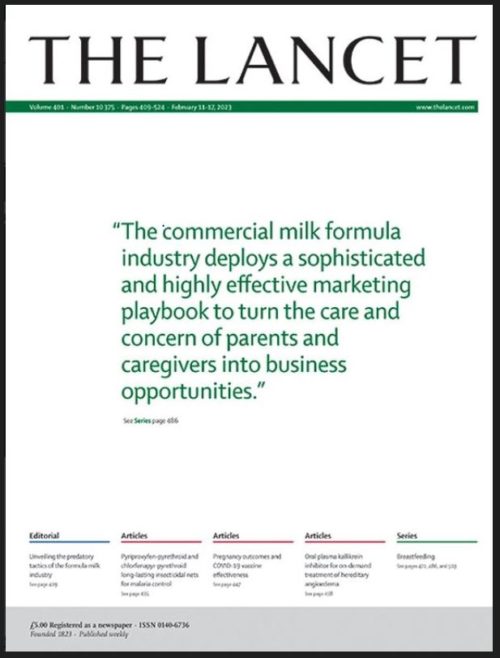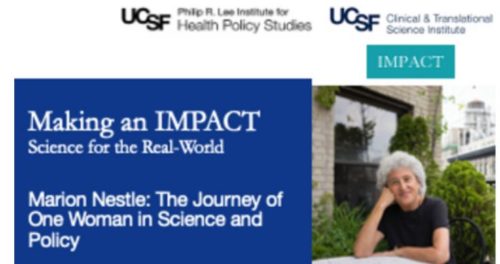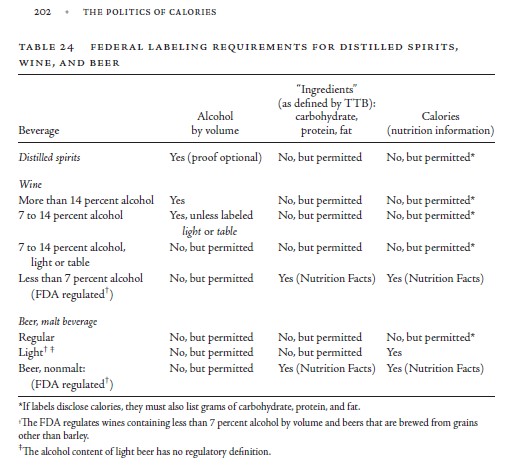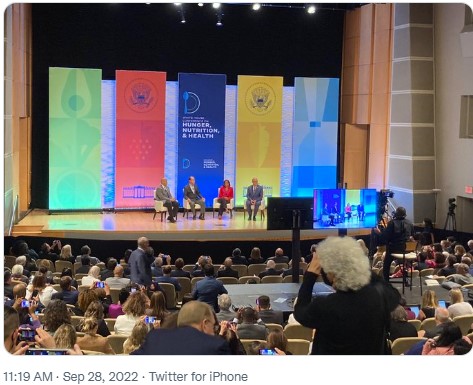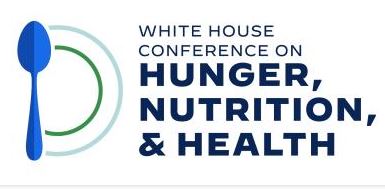Weekend reading: Biden Administration accomplishments
I got sent a mailing from USDA: “FACT SHEET: Biden-Harris Administration Delivers on its Promises to Invest in Rural Communities, Nutrition Security, Climate-Smart Agriculture, More and Better Markets and Lower Costs for Families.”
This is a summary of an extraordinarily long list of actions taken by the administration, many of them having to do with food production and consumption.
Food System Transformation: USDA is transforming the food system and improving the resilience and security of the food supply chain through more than 60 programs so that today’s markets work better for family farmers and the families they support. This multi-billion dollar effort …touches all parts of the food supply chain – from food production, food processing, food aggregation and distribution, to consumers.
A great many other sections also deal with food issues. Here are a few examples of the range.
Food System Transformation: USDA is transforming the food system and improving the resilience and security of the food supply chain through more than 60 programs so that today’s markets work better for family farmers and the families they support. This multi-billion dollar effort is funded largely by ARP with some additional investments from the Consolidated Appropriations Act, 2021 (CAA), the Coronavirus Aid, Relief, and Economic Security (CARES) Act, and the Commodity Credit Corporation (CCC). It touches all parts of the food supply chain – from food production, food processing, food aggregation and distribution, to consumers. Select programs include:
- The Farm and Food Workers Relief Grant Program will make beneficiary payments to reach at least 1 million farmworkers, meatpacking workers, and front-line grocery workers who incurred pandemic-related health and safety costs.
- Organic Transition Initiative: USDA launched a $300 million Organic Transition Initiative including establishing the Transition to Organic Partnership Program (TOPP) in six regions across the U.S. as part of USDA’s Organic Transition Initiative to help transitioning and recently transitioned producers who face technical, cultural, and market shifts during the transition period and the first few years of organic certification.
- A new online tool called FarmerFairness.gov allows farmers and ranchers to report potentially unfair and anticompetitive practices in the livestock and poultry sectors.
- Assistance for Distressed Producers: USDA provided nearly $800 million in financial assistance to more than 13,000 distressed farmers and plans to provide assistance to thousands more in 2023. This work accompanies an ongoing effort to transform USDA’s farm lending programs with a focus on proactive loan service and support to keep farmers farming, rather than requiring farmers to become distressed before assistance is provided.
- In August, USDA announced up to $550 million in funding to support projects that enable underserved producers to access land, capital, and markets, and train the next, diverse generation of agricultural professionals.
- More than 41 million Americans participated in the Supplemental Nutrition Assistance Program (SNAP) and 2022 marked the first full calendar year that participants received a 21% average increase in monthly SNAP benefits due to USDA’s reevaluation of the Thrifty Food Plan – the first permanent increase to the purchasing power of SNAP benefits since the Thrifty Food Plan was introduced 45 years ago.
- USDA’s Food Safety and Inspection Service (FSIS) launched a new initiative to reduce Salmonella illness linked to poultry through a strong, comprehensive framework to address Salmonella in poultry that is responsive to evolving food safety hazards and embraces the latest science and technology.
- USDA’s Food and Nutrition Service is advancing tribal self-determination and awarded $5.7 million to eight tribes for demonstration projects that gave them more options to directly select and purchase foods for their Food Distribution Program on Indian Reservations (FDPIR). This is an important step to increasing tribal food sovereignty in the program and support tribal economies, vendors, and producers.
As seems always the case with USDA, there are so many small programs (“trees”) under discussion that the big picture (“forest”) gets lost.
The forest is the need to support food system transformation to focus agricultural policy on the health of humans and the planet. Will trees get us there one by one?
Only if there are enough of them.
*******
For 30% off, go to www.ucpress.edu/9780520384156. Use code 21W2240 at checkout.


